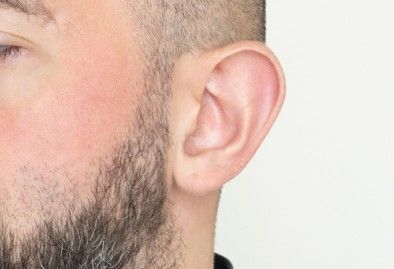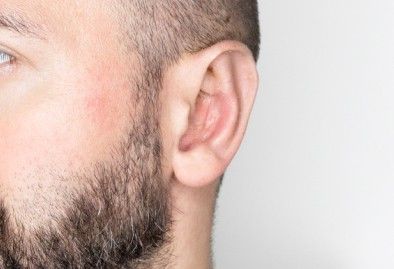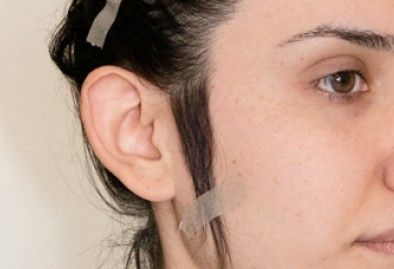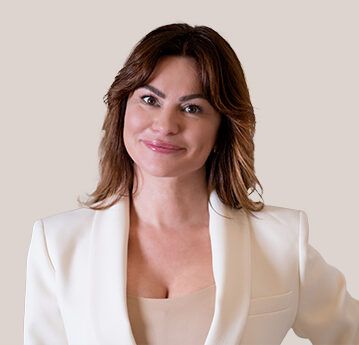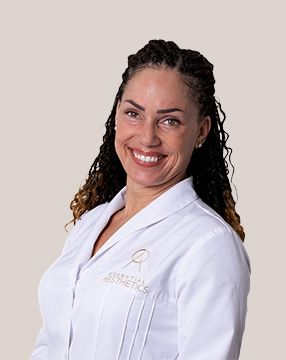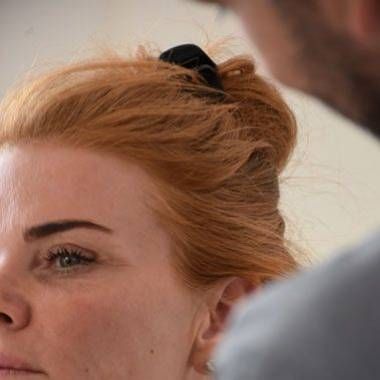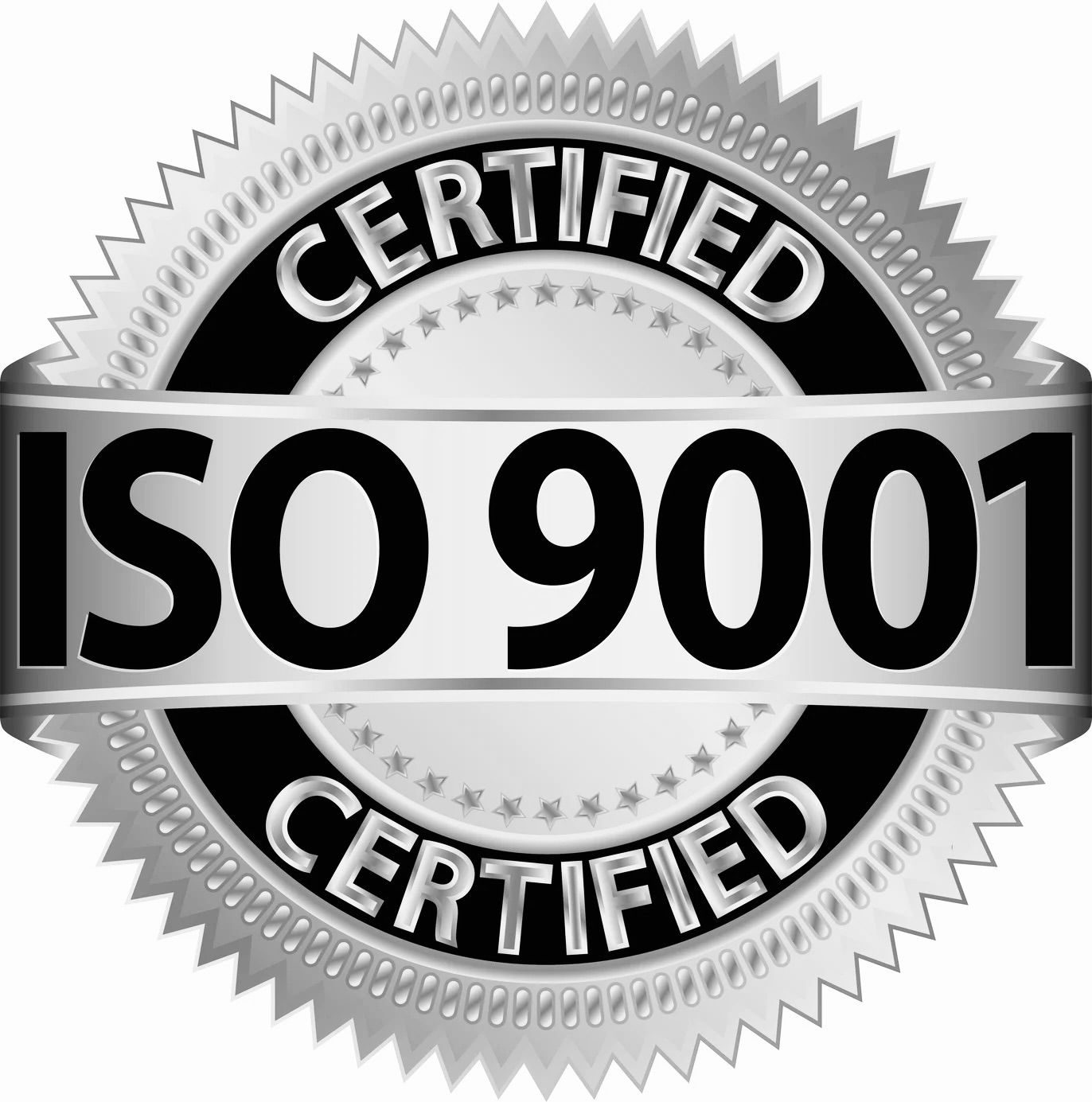


From € 1,200
Ear Correction
Oversized ears or ears that stick out, protruding ears can all be corrected quite easily with an ear correction
Discover more
Before and after
Before and after ear correction
People satisfied with our services
Ear Correction Info
What is Ear correction?
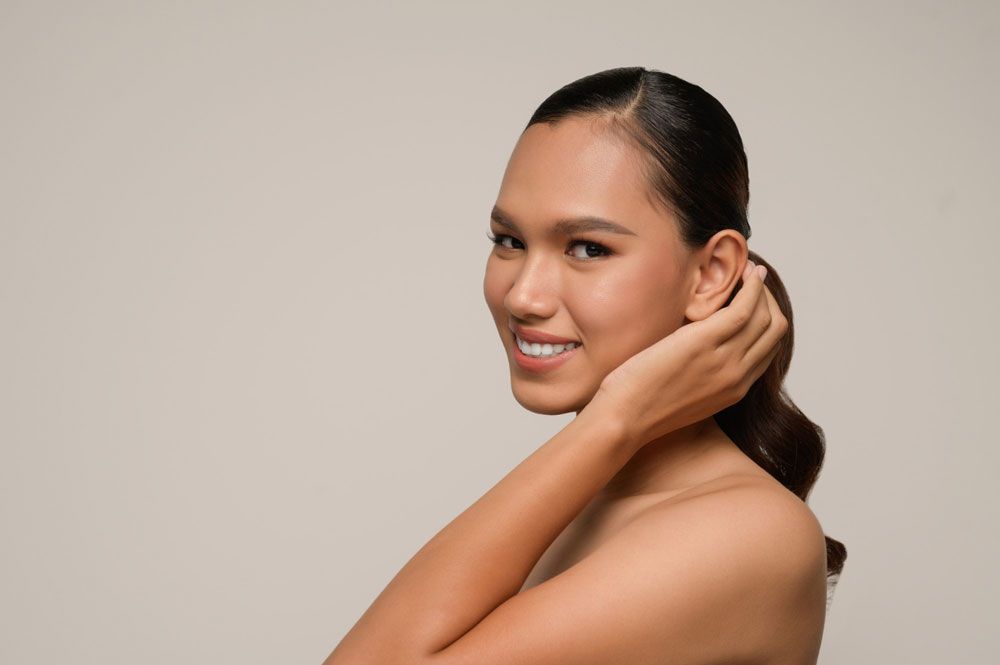
An ear correction, also known as otoplasty, is a surgical procedure to correct the shape, size, and position of the ears. The procedure is often done to improve the appearance of protruding, asymmetrical, or otherwise misshapen ears.
Treatments
Ear Correction Treatments
With over a decade of specialized expertise in ear correction procedures, Essential Aesthetics is your trusted destination for transforming the appearance of your ears and enhancing your overall facial harmony. Our clinic offers services, including otoplasty, to address various ear concerns and provide tailored solutions for each individual. Whether you seek earlobe correction or comprehensive ear correction procedures, our skilled team is dedicated to delivering exceptional results and helping you achieve the aesthetic outcome you desire. Trust Essential Aesthetics for expert ear correction treatments that enhance your confidence and overall appearance.

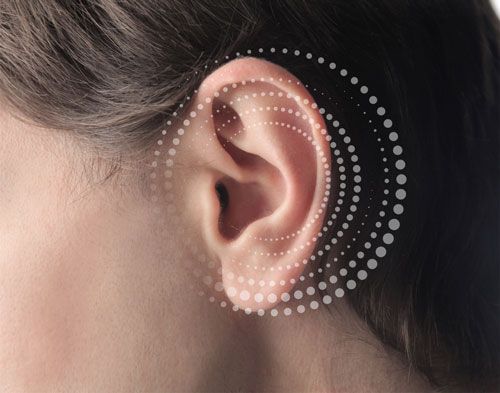
Jouw stapsgewijze proces
Jouw reis bij Essential Aesthetics
Our Care Team will welcome you by telephone and ask the necessary questions to schedule the correct appointment. We are curious about the reason for your visit and why you chose our clinic. We can also ask about your current health, treatment period and any previous operations. This allows us to prepare ourselves well for your arrival. We look forward to receiving you at the clinic!
Your first visit to us is a pre-consultation. This takes place with our specialist, who will guide you through this special journey as best as possible and is mainly there to listen to your needs and concerns. Our specialist will then share her expertise and knowledge while trying to match your wishes with the available range of services and treatments.
The different options, preparations and our care packages will be discussed with you. Our specialist will show you the doctor’s extensive portfolio. You will receive a copy of our patient information guide to take home from the operation to read again at home. We understand that one visit is not enough when it comes to a decision about your body and safety, which is why we encourage a second visit.
The second consultation is with the selected surgeon. We have now also received and processed all data for pre-operative screening. During this consultation, the technical aspects and possible risks of the treatment will be discussed and you will be prepared for the big day!
Arriving at this step of your journey, you have met our medical team and received all the information. All preparations have been done and it is finally time for the treatment. We understand that this is a milestone for many, and we do our utmost to make this as comfortable as possible. Our team will personally guide and assist you until the time of the operation.
We offer very comprehensive care. Depending on the treatment you have received, we will help you with the necessary compression suits, lymphatic drainage massages and scar reduction treatments.
Together we also plan several check-up appointments. During recovery, our team will continuously assist you and monitor your recovery. We can always be reached via an (emergency) telephone number, WhatsApp and email.
We are only satisfied when you have fully recovered. Our entire team will assist you until the end of your journey.
Our Specialists
The best specialists are ready for you.
Our exceptional international specialists and surgeons work together to provide state-of-the-art, reliable, industry-standard cosmetic procedures and surgeries.
Reviews
What our customers are saying about us
Essential Aesthetics is proud to have already helped so many patients on their journey to a more beautiful body and is honored with a satisfaction score of no less than 96%.
Prices
How much does an ear correction cost?
The cost of an ear correction procedure can vary depending on several factors.
To obtain accurate pricing information tailored to your needs, you should schedule a consultation with our experienced team at Essential Aesthetics. During the consultation, we will evaluate your case and discuss the details of the procedure. This personalized assessment will enable us to provide a customized ear correction quote that reflects your unique requirements.
FAQ
Frequently Asked Questions about Ear Correction
During an ear correction surgery, the plastic surgeon makes an incision at the back of the ear that is protruding. The ear skeleton consists of cartilage. The plastic surgeon shapes this cartilage and fixes it with sutures on the inside of the ear. The ear is brought closer to the head and any excess skin is removed. There is a small scar at the incision on the back of the ear which is almost invisible.
Plastic surgery can also help if one or both ears are particularly large.
Should the earlobe be too large, a piece can be removed with a small incision. Correcting protruding earlobes, torn earlobes, or other abnormalities is also possible. The surgeon always makes the incisions in the most inconspicuous places.The procedure on the earlobe can be performed under local anesthesia. Anesthetic fluid is then injected into the earlobe(s) to be treated.
It is possible to have prettier ears; our doctors will be delighted to help you. Talking to a doctor about the possibilities is essential, and a lot is possible. Unfortunately, it is almost impossible to make ears perfectly symmetrical. Their position, however, can be considerably improved.
Sometimes the cartilage recoils, making a second surgery necessary.
The result after an earlobe correction is different per skin type, but with time, the scars are generally barely visible. After a recovery period of a few months, the earlobes are strong enough for new holes for earrings, for example.
After the ear surgery, the doctor or nurse will place a strong, tight bandage around the ears and head.
The bandage will remain in place for a week until the sutures are removed. This means it is impossible to wash your hair until the stitches have been removed.
After that week, however, the ears still need to be protected by wearing a hair bandeau or bandage. This is necessary at night as the ears can then be pressed against the pillow. You can wash your hair once the stitches are out. You must keep the skin behind the ears clean and dry.
The ears can be red, swollen, and painful for weeks. This lessens gradually. You can take paracetamol for the pain. An earlobe correction is a fairly minor surgery and you can go home immediately after the surgery. Adhesive plaster protects the wounds after an earlobe correction; you do not have to wear an extra bandage. A doctor will remove these plasters after about a week.
When considering an ear correction procedure, also known as otoplasty, it’s essential to prioritize safety and minimize potential risks. Adhering to specific safety measures can help ensure optimal outcomes and a smooth recovery. This section will explore essential safety measures to consider when undergoing ear correction surgery, empowering individuals to make informed decisions about their well-being.
- Choosing a Qualified and Experienced Surgeon: Selecting a board-certified plastic surgeon with expertise in otoplasty is paramount. A qualified surgeon has the necessary training, skills, and experience to perform the procedure safely. Researching credentials, reviewing patient testimonials, and consulting with the surgeon beforehand are vital steps in making an informed decision.
- Pre-operative Evaluation and Patient Selection: A comprehensive pre-operative evaluation is crucial to assess an individual’s medical history, overall health, and specific ear concerns. This evaluation helps identify any underlying health conditions or contraindications that must be addressed before the surgery. Patient selection based on candidacy criteria ensures optimal safety and desired outcomes.
- Customized Treatment Plan: Each patient’s ear correction procedure should be tailored to their unique needs. A personalized treatment plan considers the patient’s specific goals, anatomical considerations, and desired outcomes. This customized approach ensures a safe and effective procedure meeting patients’ expectations.
- Anesthesia and Monitoring: The choice of anesthesia depends on the complexity of the procedure and the patient’s preference. An experienced anesthesiologist administers the appropriate anesthesia, whether local anesthesia with sedation or general anesthesia and monitors the patient’s vital signs throughout the surgery. This helps maintain a safe and comfortable experience.
- Sterile Surgical Environment: Maintaining a sterile environment is critical to minimize the risk of infections. The operating room adheres to strict sterilization protocols, ensuring proper surgical instruments and equipment disinfection. Disposable or properly sterilized tools and supplies contribute to a hygienic surgical environment.
- Surgical Technique and Precision: A skilled surgeon utilizes precise incisions and surgical techniques to address specific ear concerns. Attention to detail, adherence to established surgical principles, and advanced surgical methods ensure aesthetic improvements and functional integrity.
- Post-operative Care and Follow-up: Post-operative care is essential for a successful recovery. The surgeon provides detailed instructions on wound care, medication usage, and wearing protective dressings or garments. Following these guidelines promotes optimal healing and minimizes the risk of complications. Scheduled follow-up appointments enable the surgeon to monitor progress and address any concerns.
Prioritizing safety measures is vital when undergoing ear correction procedures. Individuals can enhance the safety and effectiveness of their ear correction surgery by selecting a qualified surgeon, customizing the treatment plan, ensuring a sterile surgical environment, and following proper post-operative care. Remember to consult with a reputable surgeon, ask questions, and understand the specific safety protocols for your procedure. With a focus on safety, individuals can confidently embark on their journey toward achieving their desired ear aesthetics and overall well-being.
An ear correction has the same risks as many other surgeries. Cartilage sometimes bends back to its original shape. Therefore there is no full guarantee that the ears will remain straight or symmetrical.
The following complications, though rare, may occur:
- Bleeding from the wound.
- Allergic reaction as a result of, for example, the anaesthetics used.
- Change of scar tissue.
ISO 9001- en NEN 8009-certified clinic
Trust is built
True sophistication is found in the pure act of taking care of yourself
Schedule a free consultation at Essential Aesthetics
Book AppointmentContact
070 220 2222Schedule
Monday – Saturday:
10 am – 7 pm







